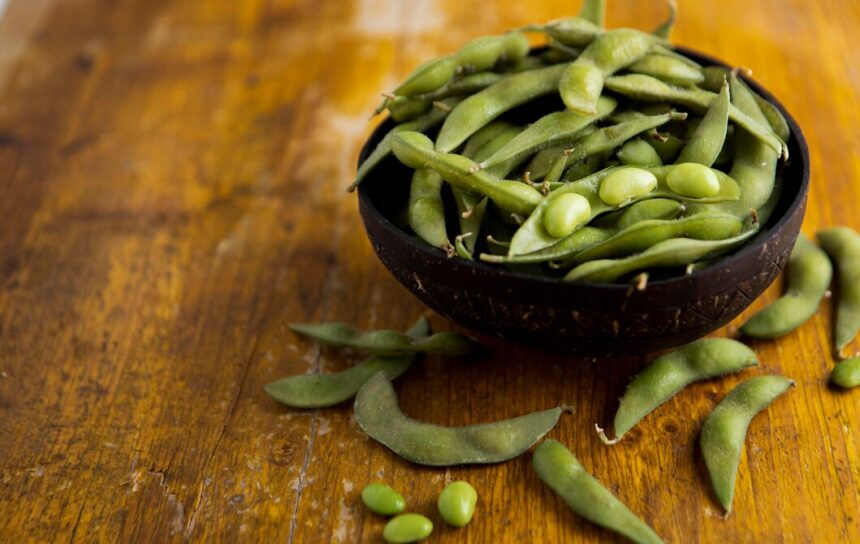Lima beans, also known as butter beans, are a nutritious and versatile legume loved by many across South Africa. Cultivating lima beans successfully requires a combination of proper techniques, attention to detail, and a deep understanding of the plant’s needs. By implementing specific strategies, farmers can enhance both the quality and yield of their lima bean crops, ensuring a bountiful harvest of premium-grade produce. Here, we delve into some effective techniques for maximizing lima bean production in the South African context.
1. Selecting Suitable Varieties:
Choosing the right variety of lima beans is crucial for achieving optimal results. Consider factors such as local climate, soil conditions, and disease resistance when selecting seeds. Varieties that are well-adapted to the South African climate, such as Fordhook 242 or Henderson, are often recommended for their reliable performance and high yield potential.
2. Soil Preparation and Fertilization:
Lima beans thrive in well-drained, fertile soil with a pH level between 6.0 and 7.0. Prior to planting, conduct soil tests to assess nutrient levels and pH, and amend the soil accordingly with organic matter and appropriate fertilizers. Incorporating compost or well-rotted manure can improve soil structure and provide essential nutrients for healthy plant growth.
3. Optimal Planting Time and Spacing:
In South Africa, lima beans are typically planted during the warmer months when the risk of frost has passed. Planting should coincide with the onset of the rainy season to ensure adequate moisture for germination and early growth. Proper spacing between plants is essential to prevent overcrowding, which can inhibit airflow and increase the risk of disease. Aim for a spacing of 15-20 centimeters between plants in rows spaced 60-75 centimeters apart.
4. Water Management:
Lima beans require consistent moisture throughout the growing season, particularly during flowering and pod development. Irrigate the crop regularly, ensuring that the soil remains evenly moist but not waterlogged. Mulching around the base of the plants can help conserve soil moisture, suppress weed growth, and maintain a more stable soil temperature.
5. Pest and Disease Management:
Vigilant pest and disease management are essential for protecting lima bean crops from common threats such as aphids, bean beetles, and fungal pathogens. Implement integrated pest management (IPM) strategies, including crop rotation, companion planting, and the use of natural predators or organic pesticides when necessary. Regular scouting and prompt action are key to preventing pest and disease outbreaks and minimizing crop damage.
6. Support and Training:
Certain varieties of lima beans benefit from support structures such as trellises or stakes to help keep the plants upright and facilitate air circulation. Consider providing support for vining varieties to prevent sprawling growth and improve access for harvesting. Additionally, training the plants to climb vertically can optimize space utilization and maximize yield potential.
7. Timely Harvesting:
Harvest lima beans when the pods are fully mature but still tender, typically around 70-90 days after planting, depending on the variety. Avoid delaying harvest, as overripe pods can become tough and fibrous, diminishing both quality and marketability. Use sharp harvesting tools to minimize damage to the plants and ensure a clean, efficient harvest.
8. Post-Harvest Handling:
Proper post-harvest handling is essential for preserving the quality and freshness of lima beans. Promptly remove harvested pods from the field and store them in a cool, well-ventilated area to prolong shelf life. Avoid exposure to direct sunlight and excessive moisture, as these conditions can promote spoilage and deterioration.
By implementing these proven techniques, farmers in South Africa can enhance the quality and yield of their lima bean crops, ultimately improving profitability and sustainability in the agricultural sector. With careful planning, attention to detail, and a commitment to best practices, growers can cultivate superior lima beans that meet the demands of both domestic and international markets.
Join 'Farmers Mag' WhatsApp Channel
Get the latest Farming news and tips delivered straight to your WhatsApp
CLICK HERE TO JOIN






